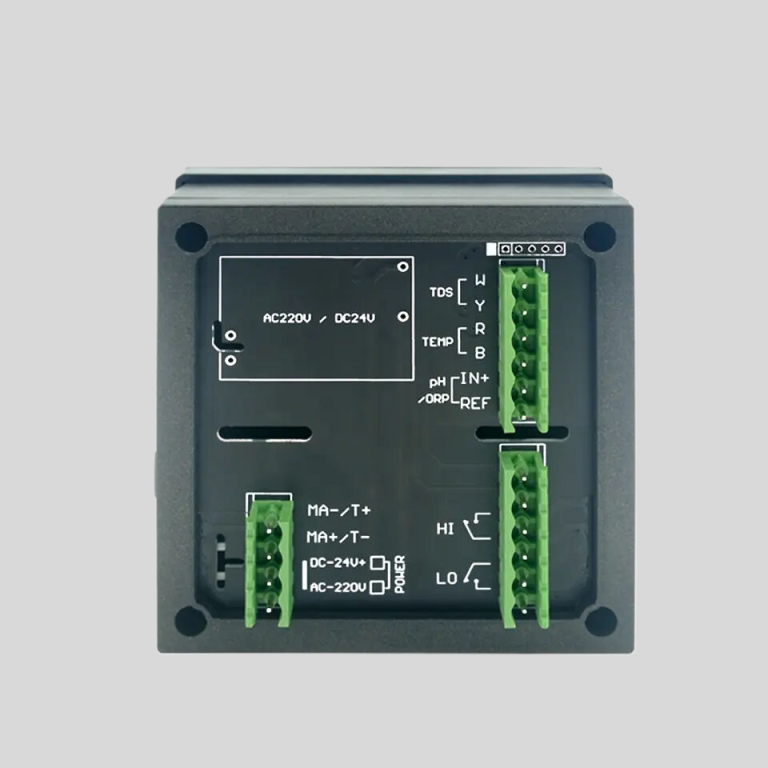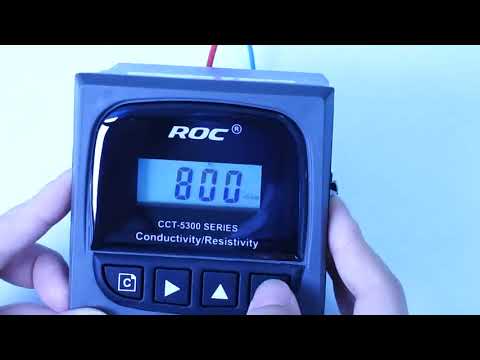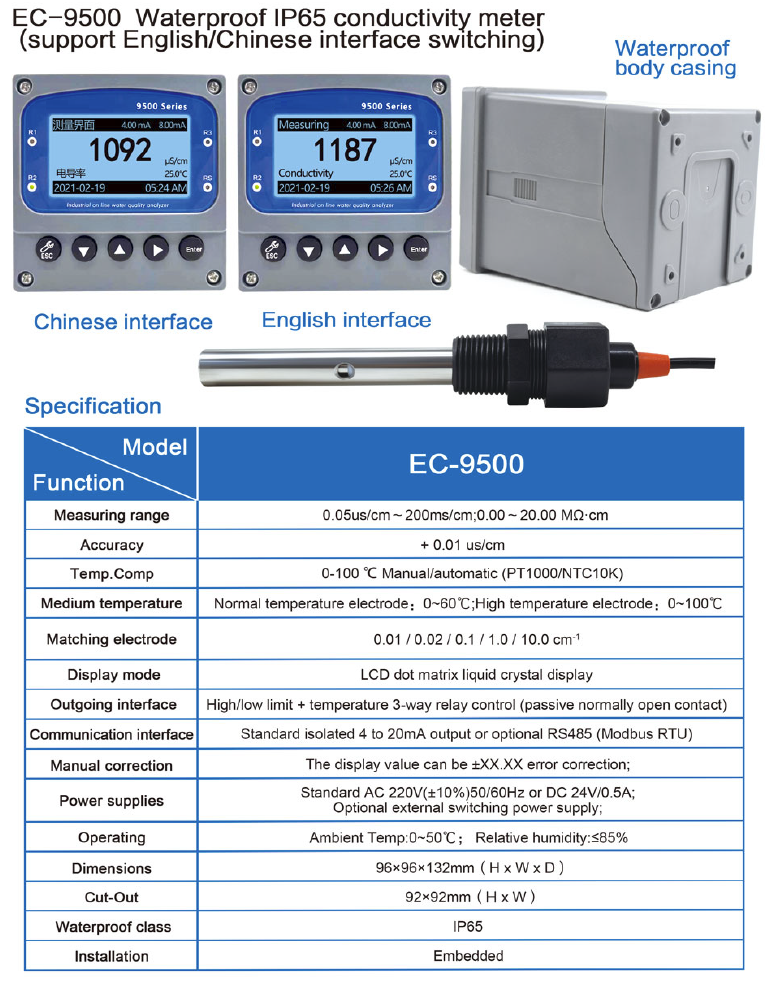Benefits of Using an Ammonia Meter for Water Quality Testing
Water quality is a critical aspect of environmental health and human well-being. Contaminants in water can have serious consequences for both ecosystems and human health. One such contaminant that is of particular concern is ammonia. Ammonia is a compound that is commonly found in wastewater and agricultural runoff, and high levels of ammonia in water can be harmful to aquatic life and can also pose risks to human health.
In order to monitor and manage ammonia levels in water, it is essential to have accurate and reliable testing equipment. One such tool that is commonly used for this purpose is an ammonia meter. An ammonia meter is a device that is specifically designed to measure the concentration of ammonia in water. These meters are highly sensitive and can provide precise measurements of ammonia levels, making them an invaluable tool for water quality testing.
One of the key benefits of using an ammonia meter for water quality testing is the ability to quickly and accurately assess the level of ammonia in water. This is important because high levels of ammonia can be toxic to aquatic organisms, leading to fish kills and other negative impacts on aquatic ecosystems. By using an ammonia meter, water quality professionals can quickly identify areas where ammonia levels are elevated and take appropriate action to mitigate the problem.
Another benefit of using an ammonia meter for water quality testing is the ability to track changes in ammonia levels over time. By regularly monitoring ammonia levels in water, researchers and water quality professionals can identify trends and patterns in ammonia concentrations. This information can be used to develop strategies for managing ammonia pollution and protecting water quality.
| pH/ORP-3500 series pH/ORP Online Meter | |||
| \u3000 | pH | ORP | Temp. |
| Measurement range | 0.00\uff5e14.00 | (-2000\uff5e+2000)mV | (0.0\uff5e99.9)\u2103\uff08Temp. Compensation \uff1aNTC10K) |
| Resolution | 0.01 | 1mV | 0.1\u2103 |
| Accuracy | \u00b10.1 | \u00b15mV\uff08electronic unit\uff09 | \u00b10.5\u2103 |
| Buffer Solution | 9.18\uff1b6.86\uff1b4.01\uff1b10.00\uff1b7.00\uff1b4.00 | ||
| Medium Temp. | (0\uff5e50)\u2103\uff08with 25\u2103\u00a0as standard \uff09manual / automatic temp.compensation for selection | ||
| Analog Output | Isolated one Channel\uff084\uff5e20\uff09mA\uff0cInstrument / Transmitter for selection | ||
| Control Output | Double relay output\uff08ON/OFF\uff09 | ||
| Consumption | <3W | ||
| Working Environment | Working temp.\u00a0(0\uff5e50)\u2103\uff1bRelative humidity\u226485%RH\uff08none condensation\uff09 | ||
| Storage Environment | Temp.\u00a0(-20\uff5e60)\u2103; Relative humidity\u226485%RH\uff08none condensation\uff09 | ||
| Dimension | 48mm\u00d796mm\u00d780mm (H\u00d7W\u00d7D) | ||
| Hole Size | 44mm\u00d792mm (H\u00d7W) | ||
| Installation | Panel mounted ,fast installation | ||
In addition to monitoring ammonia levels in water, an ammonia meter can also be used to test the effectiveness of treatment processes. Many wastewater treatment plants use processes such as nitrification to remove ammonia from wastewater. By using an ammonia meter to measure ammonia levels before and after treatment, operators can assess the efficiency of their treatment processes and make adjustments as needed to ensure that ammonia levels are within acceptable limits.
Ammonia meters are also valuable tools for regulatory compliance. Many regulatory agencies have established limits for ammonia levels in water, and industries that discharge wastewater are required to monitor and report their ammonia levels to ensure compliance with these regulations. By using an ammonia meter, industries can accurately measure their ammonia levels and demonstrate compliance with regulatory requirements.

Overall, the benefits of using an ammonia meter for water quality testing are clear. These devices provide accurate and reliable measurements of ammonia levels in water, allowing water quality professionals to quickly assess water quality, track changes over time, test treatment processes, and ensure regulatory compliance. By investing in an ammonia meter, water quality professionals can effectively manage ammonia pollution and protect water quality for both aquatic organisms and human health.




